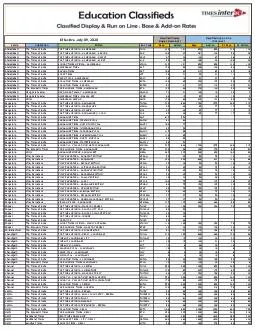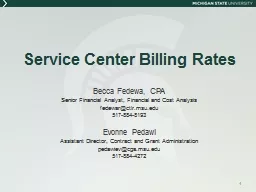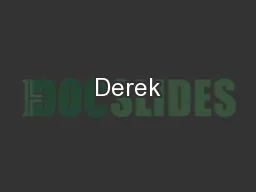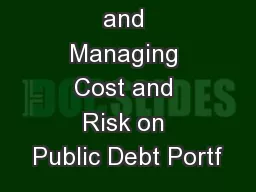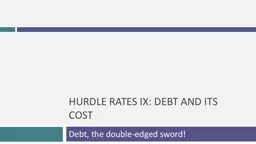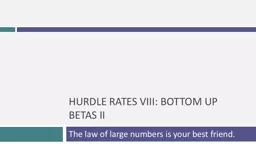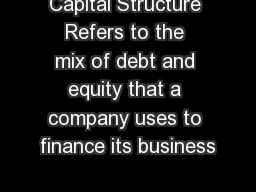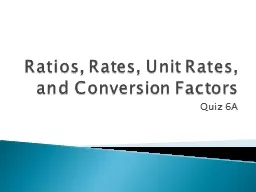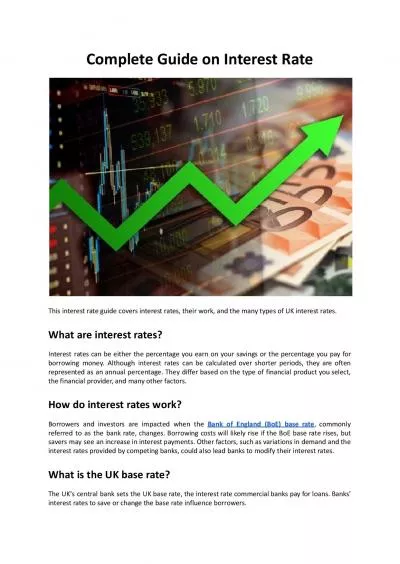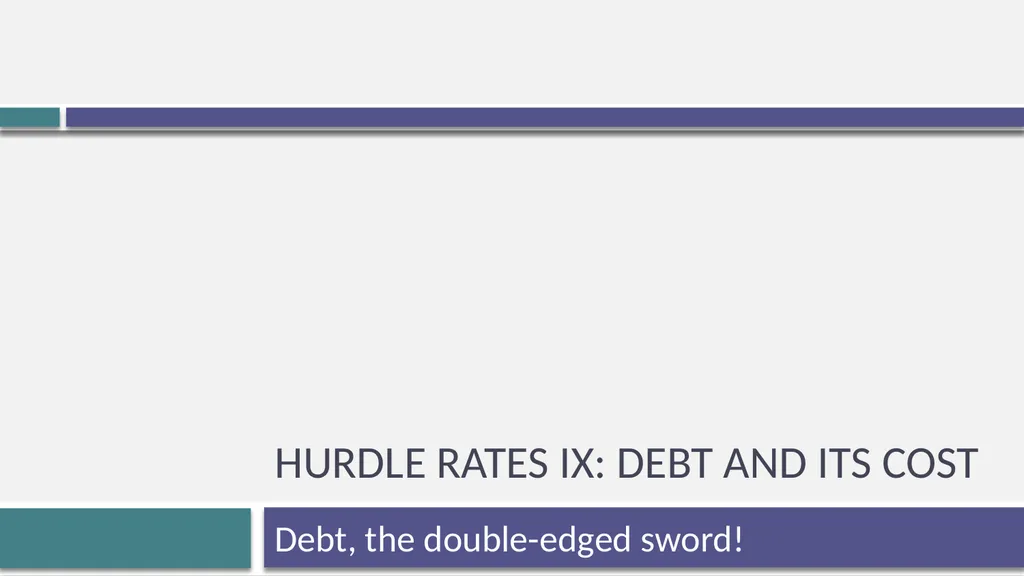
Author : test | Published Date : 2025-06-23
Description: Hurdle rates iX: debt and its cost Debt, the double-edged sword! From Cost of Equity to Cost of Capital The cost of capital is a composite cost to the firm of raising financing to fund its projects. In addition to equity, firms can raiseDownload Presentation The PPT/PDF document "" is the property of its rightful owner. Permission is granted to download and print the materials on this website for personal, non-commercial use only, and to display it on your personal computer provided you do not modify the materials and that you retain all copyright notices contained in the materials. By downloading content from our website, you accept the terms of this agreement.
Here is the link to download the presentation.
"Hurdle rates iX: debt and its cost Debt, the"The content belongs to its owner. You may download and print it for personal use, without modification, and keep all copyright notices. By downloading, you agree to these terms.

